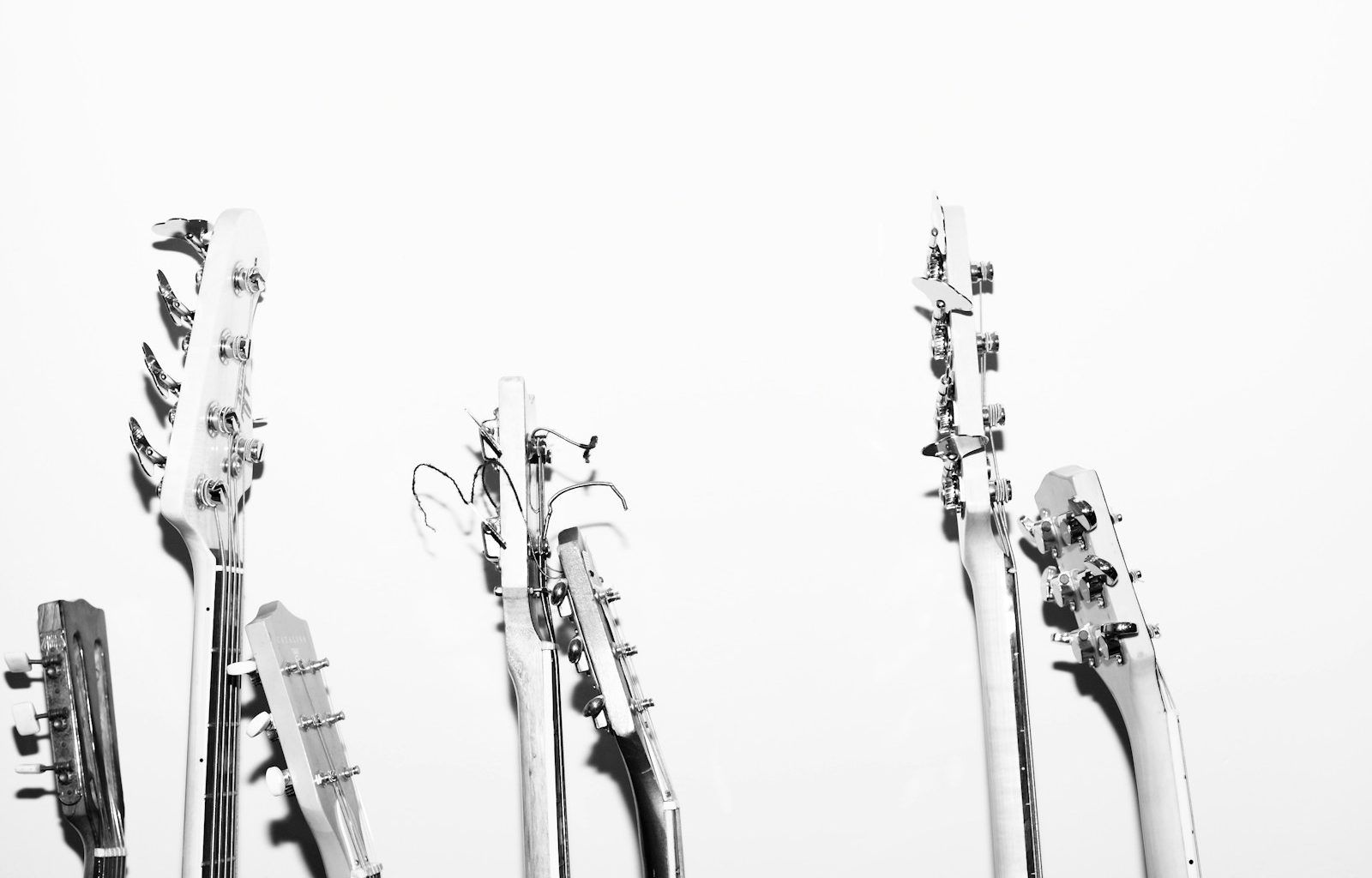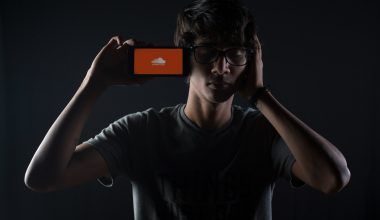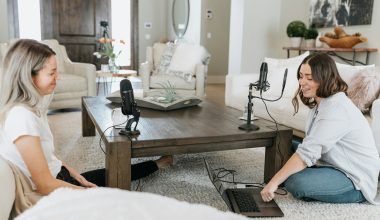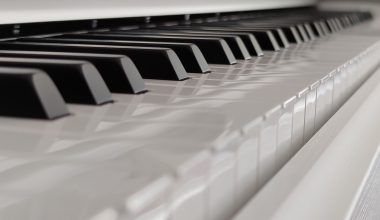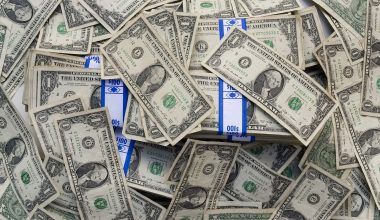Why Is Copyright Important on YouTube?
If you’ve ever uploaded a video to YouTube or even just watched one, you’ve probably heard about copyright. It’s a big deal on the platform because it protects creators’ work from being used without permission. But copyright on YouTube can also feel confusing, especially with all the rules, claims, and strikes.
This blog is here to break things down in the simplest way possible. Whether you’re a content creator, a business owner, or just someone curious about how YouTube copyright works, you’ll find everything you need to know right here. So, let’s dive in and make sense of it all!
What Does Copyright Mean?
At its core, copyright is a legal right. It gives creators ownership over their original work—whether that’s a song, video, image, or even a script. Think of it like this: if you create something from scratch, you have the right to decide how it’s used, who can use it, and if they need to pay you for it.
On YouTube, copyright helps protect all kinds of content. But it also creates a few challenges. For example, have you ever uploaded a video and gotten a message saying “Copyright Claim”? That’s YouTube’s system working to protect someone else’s creation.
Copyright law can vary depending on where you live, but YouTube has its own set of rules to keep things consistent for everyone.
How Does Copyright Work on YouTube?
YouTube uses a tool called Content ID to track copyrighted material. This tool scans every video uploaded to YouTube to check if it contains music, video clips, or other content that belongs to someone else. If Content ID finds a match, one of three things can happen:
- The copyright owner might claim your video and place ads on it. They make money, but your video stays up.
- They might block your video, which means nobody can watch it.
- In serious cases, you might get a copyright strike, which could lead to your channel being taken down.
Understanding how Content ID works can save you a lot of trouble. It’s not personal—YouTube’s system is just trying to balance everyone’s rights.
What Is Fair Use and How Does It Apply?
Fair use is one of the most misunderstood concepts on YouTube. It’s a legal doctrine that allows you to use copyrighted material in certain situations without permission. But it’s not a free pass.
For example, using a short clip from a movie for a review or parody might be considered fair use. But uploading an entire movie or song without changes? That’s almost never okay.
Here are some key factors YouTube (and courts) consider when deciding if something is fair use:
- Purpose and Character: Is your use transformative? Are you adding value by commenting, criticizing, or parodying the original content?
- Nature of the Work: Creative works like songs and movies get stronger copyright protection than factual works.
- Amount Used: Using a small portion of a work is more likely to be fair use.
- Effect on the Market: If your video could hurt the original creator’s ability to make money, it’s probably not fair use.
Tips for Avoiding Copyright Issues on YouTube
- Create Original Content: The easiest way to avoid copyright problems is to use your own videos, images, and music.
- Use Royalty-Free Music: Many websites offer free or paid music that’s safe to use in your videos. Just make sure you read the license terms!
- Get Permission: If you want to use someone else’s work, reach out to them for permission. It might take time, but it’s worth it.
- Transform Content: If you’re using clips for commentary, make sure you’re adding something new and transformative to the material.
- Keep Records: If you do get permission, keep a written agreement just in case YouTube asks for proof.
What Happens When You Get a Copyright Claim?
Don’t panic if you see a copyright claim. It’s not the same as a copyright strike, and it usually doesn’t affect your channel. A claim means the copyright owner has identified their material in your video and wants to take some action, like monetizing your content or blocking it in certain regions.
You can take one of three actions:
- Accept the Claim: If you’re okay with the copyright owner monetizing your video, you don’t need to do anything.
- Remove the Content: Use YouTube’s editing tools to cut out or replace the copyrighted material.
- Dispute the Claim: If you believe the claim is wrong or your use qualifies as fair use, you can challenge it. Be careful, though—false disputes can lead to bigger issues.
What Is a Copyright Strike?
Unlike claims, copyright strikes are serious. If you get one, it means the copyright owner believes you’ve used their content in a way that violates the law. Strikes can:
- Limit your channel features (like live streaming or monetization).
- Stay on your account for 90 days.
- Lead to your channel being removed after three strikes.
The best way to handle a strike is to avoid getting one in the first place. But if you do, you can either resolve it by reaching out to the copyright owner or submit a counter-notification if you believe the strike is a mistake.
How Does YouTube Protect Copyright Owners?
YouTube is committed to protecting creators’ rights, which is why it developed Content ID and a strong copyright reporting system. Here’s how YouTube helps:
- Content ID Matches: This tool automatically detects copyrighted material and gives owners control over their content.
- Manual Reporting: If Content ID doesn’t catch something, copyright owners can file a manual claim.
- Strikes and Penalties: YouTube enforces strict rules to discourage copyright violations, which helps protect creators from losing revenue.
Common Misconceptions About YouTube Copyright
Let’s clear up a few myths:
- “It’s Okay If I Credit the Creator”: Giving credit is nice, but it doesn’t replace getting permission.
- “I Only Used 10 Seconds, So It’s Fine”: There’s no official “safe” length. Even short clips can trigger claims.
- “I’m Not Making Money, So It’s Fair Use”: Revenue doesn’t always matter. The nature of your use is more important.
- “I Found It on the Internet”: Just because something is online doesn’t mean it’s free to use.
Final Thoughts: Respecting Copyright on YouTube
Navigating copyright on YouTube might seem overwhelming, but it’s all about respecting others’ work. By creating your own content, understanding the rules, and using tools like royalty-free music, you can avoid most copyright issues.
Remember, copyright isn’t just about rules—it’s about protecting creativity. When everyone follows the guidelines, YouTube becomes a better place for creators and viewers alike. So, the next time you upload a video, take a moment to ensure it’s copyright-safe. Your channel will thank you!
For further reading, explore these related articles:
- Vocal Training for Beginners: A Fun and Simple Guide to Start Singing
- How to Join a Music Band: A Friendly Guide for Every Aspiring Musician
For additional resources on music marketing and distribution, visit DMT Records Pvt. Ltd..
